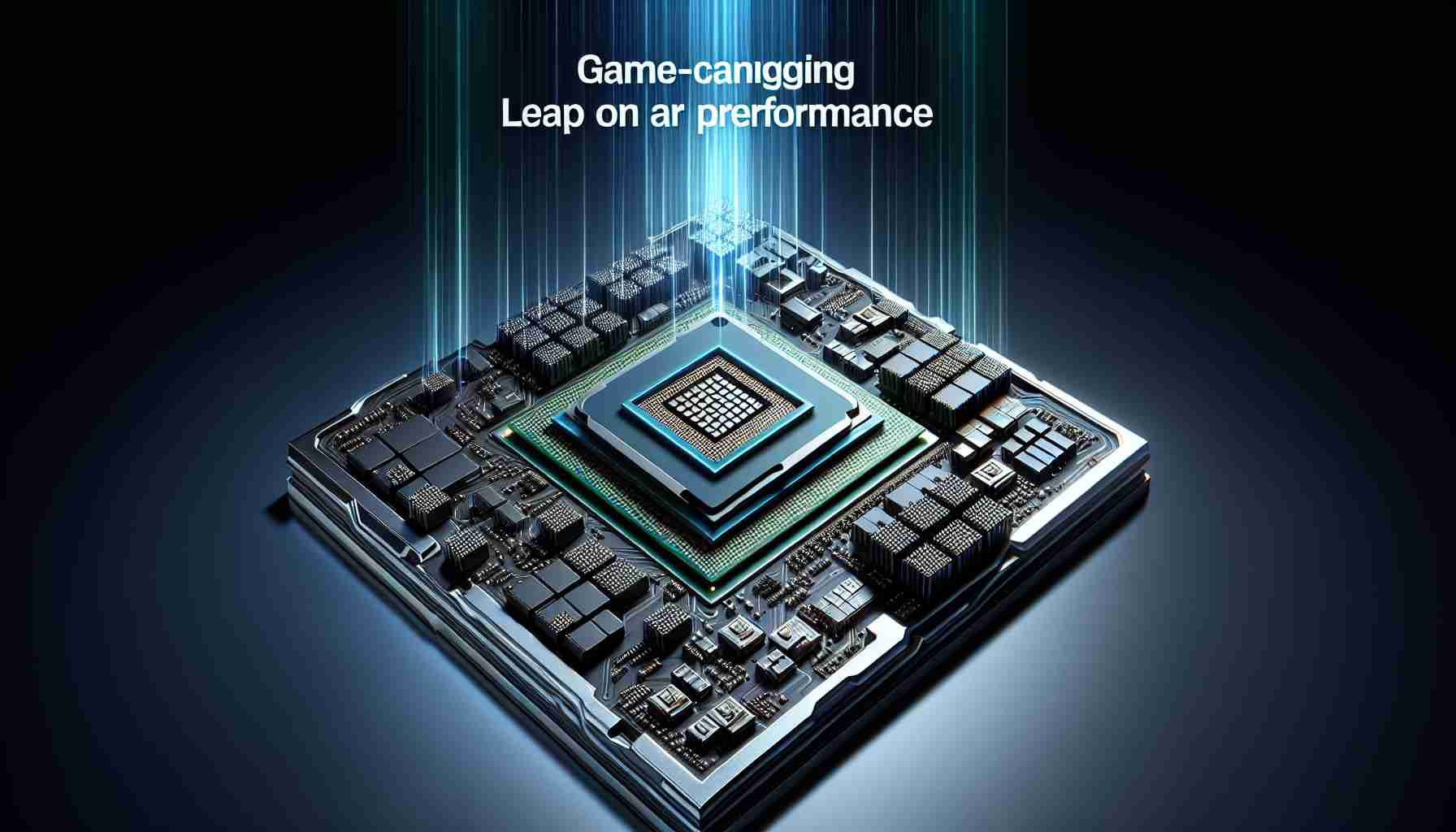Apple recently made waves in the tech industry with the introduction of their M3 processor family during the highly anticipated “Scary Fast” special event in October 2023. This event marked the launch of three chips in the Apple Silicon line: the base M3, the M3 Pro, and the M3 Max. While Apple has traditionally followed a staggered release approach, the simultaneous launch of these chips deviates from their usual strategy.
The M3 generation is particularly noteworthy due to its faster inter-generation timescale compared to its predecessor, the M2. Unlike the 1 year and 7 month gap between the M1 and M2 launches, the M3 arrived just 1 year and 4 months after the M2. This accelerated timeline highlights Apple’s commitment to pushing the boundaries of innovation.
One of the major advancements of the M3 is its utilization of a 3-nanometer process, which significantly improves chip density, speed, efficiency, and thermal management. According to Apple, the M3 is a whopping 35% faster than its predecessor, the M1, and the speed upgrades remain consistent throughout the M3 lineup.
In addition, the M3 introduces remarkable enhancements in GPU performance. Apple describes the M3’s GPU as a “next-generation” element, representing the biggest leap forward in graphics architecture for Apple Silicon to date. With new technologies like Dynamic Caching, the M3’s GPU achieves optimal performance by dynamically allocating memory resources based on real-time requirements. The inclusion of hardware-accelerated ray tracing and mesh shading further elevates the M3’s capabilities, enabling game developers to create more visually stunning and realistic experiences.
The M3 also boasts a significant improvement in memory capacity, with users now having the option to configure up to 128GB of unified memory in their systems. This expanded memory capacity opens up new possibilities for demanding tasks and multitasking scenarios.
Overall, the introduction of the M3 processors signifies a game-changing leap in performance and efficiency for Apple Silicon. With its unprecedented speed, power efficiency, and groundbreaking GPU enhancements, the M3 is set to revolutionize the world of computing and cater to the increasingly demanding needs of consumers across various industries. As Apple continues to push the boundaries of technological innovation, the M3 stands as a testament to their commitment to delivering state-of-the-art hardware that empowers users to do more, faster.
Article Summary:
Apple recently launched their M3 processor family during the “Scary Fast” special event in October 2023. This launch included three chips: the base M3, M3 Pro, and M3 Max. The M3 generation has a faster release schedule compared to its predecessor, the M2. It utilizes a 3-nanometer process, improving chip density, speed, efficiency, and thermal management. The M3 is 35% faster than the M1 and introduces significant GPU performance enhancements, including hardware-accelerated ray tracing and mesh shading. It also offers up to 128GB of memory capacity, expanding possibilities for demanding tasks. The M3 processors represent a leap in performance and efficiency for Apple Silicon.
FAQs:
1. What is the M3 processor family?
The M3 processor family is a line of chips launched by Apple during their “Scary Fast” special event in October 2023. It includes three chips: the base M3, M3 Pro, and M3 Max.
2. How does the M3 generation differ from the M2?
The M3 generation has a faster inter-generation timescale compared to the M2. It arrived just 1 year and 4 months after the M2, showcasing Apple’s commitment to innovation.
3. What is the significance of the 3-nanometer process in the M3?
The M3 utilizes a 3-nanometer process, which improves chip density, speed, efficiency, and thermal management. This leads to faster performance and better power efficiency.
4. How much faster is the M3 compared to its predecessor?
According to Apple, the M3 is 35% faster than its predecessor, the M1. The speed upgrades are consistent throughout the M3 lineup.
5. What GPU enhancements does the M3 offer?
The M3 introduces a next-generation GPU architecture. It includes features like Dynamic Caching, which optimizes performance by dynamically allocating memory resources based on real-time requirements. Hardware-accelerated ray tracing and mesh shading further enhance the M3’s capabilities.
6. What memory capacity does the M3 support?
The M3 offers the option to configure up to 128GB of unified memory in systems. This expanded memory capacity allows for demanding tasks and multitasking scenarios.
7. How do the M3 processors impact performance and efficiency?
The introduction of the M3 processors brings a game-changing leap in performance and efficiency for Apple Silicon. The chips offer unprecedented speed, power efficiency, and groundbreaking GPU enhancements, catering to the increasingly demanding needs of consumers across various industries.
Definitions:
– Apple Silicon: Refers to the custom-designed ARM-based chips used in Apple’s Mac computers, replacing Intel processors.
– GPU: Stands for Graphics Processing Unit, responsible for rendering images, videos, and animations on a computer display.
– Ray tracing: A rendering technique that simulates the behavior of light to create more realistic lighting effects in graphics.
– Mesh shading: A graphics technique that improves the efficiency and quality of rendering by grouping pixels into meshes for processing.
Related Links:
1. https://www.apple.com/mac/ – Official Apple Mac webpage.
2. https://www.apple.com/mac/m1/ – Learn more about Apple’s M1 chip.
The source of the article is from the blog trebujena.net

